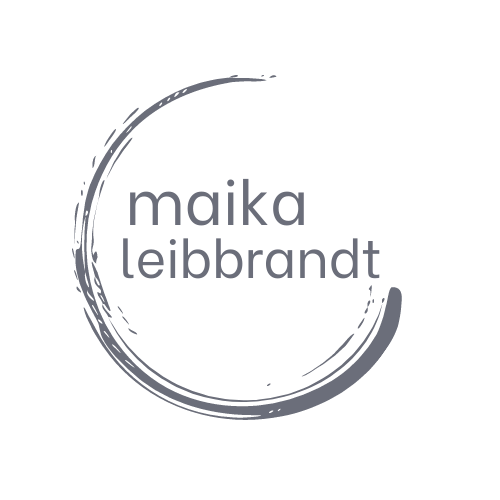Rewiring Burnout: The Crucial Recovery Moment No One Tells You About
Hustle failed me.
And I bet if we compare our stories of burnout, hustle either has or is about to fail you too.
I recently read that stress occurs in the gap between obligation and resource. If that’s true, then burnout is what happens when you continue to straddle that gap until you fall full-splits into the ravine–bruised from the fall while sustaining a groin injury.
There’s good news about burnout recovery: it’s possible.
There’s challenging news about burnout recovery: it’s hard.
It is so easy to slip back into the very habits that burned you, especially when the culture around you rewards them. For me, it was the myth of hustle. I used hard work like a drug. Longer hours, faster productivity, and relentless focus served as both armor and salve. Any time I felt the slightest need to impress someone or twinge of fear that I wasn’t totally safe, I threw myself into my work. Harder, stronger, more relentless.
With the urgent needs of burnout recovery tended to, I’m on the other side and have much more sustainable habits in place. But I’m aware of the slippery backslope any time I find myself with available space on my calendar. This is where the rewiring happens–rather than spend my energy on running, doing, or traveling, I spend it on the type of challenges my individual strengths crave. Softer, specific, more tuned in.
For me personally, this means I judiciously set goals that stretch my existing talents. I lead with thinking and influencing strengths, so I set goals to write, study, teach, and listen more. Knowing your unique talent is just a starting point. Your strengths are where you’re most ready to push toward excellence. Unless you are a bulldozer, push in general is not your most effective path forward. Hustle might get you somewhere, but it will block you from living your own style. It will get you known for working hard, not for your brilliant intuition, your ability to connect with others, or your knack for navigating compromise, to name a few examples of how specific great talent really is.
I see this frequently in leaders, right before they tilt toward owning their own approach and knowing their best “yes.” With awareness and support, they create more authentic alignment between what they have to offer and what people come to them for. To get there, you must know your talent and know what it craves in two key areas:
Recovery: What action leaves you feeling both rested and inspired?
Reach: If you were focused completely on what you already do well, what stretch goal in that area would scare you a little?
The second is where burnout invites us backwards–we crave the pain of growth. We like something challenging. We are built to endure difficulty. And your strengths generally are not something that feel difficult. But what if you could add challenge on top of talent? What if you could set goals that require you to be even more effective in areas you’re already great? When you find a stretch within a strength, that’s the promising path forward for you. Don’t get distracted by simply working hard. Work hard in your own zone of excellence, and you’ll always have the resources to meet your obligations.
This concept is key to the framework we’ve developed in Coaching Strengths + Resilience. If you are a coach and want to practice helping your clients navigate the natural cycles of stress with their own strengths in mind, this is the course for you. Not only will you practice your own unique reach and recovery actions, you’ll also learn how to facilitate this discovery for your clients. We hope to see you there.

